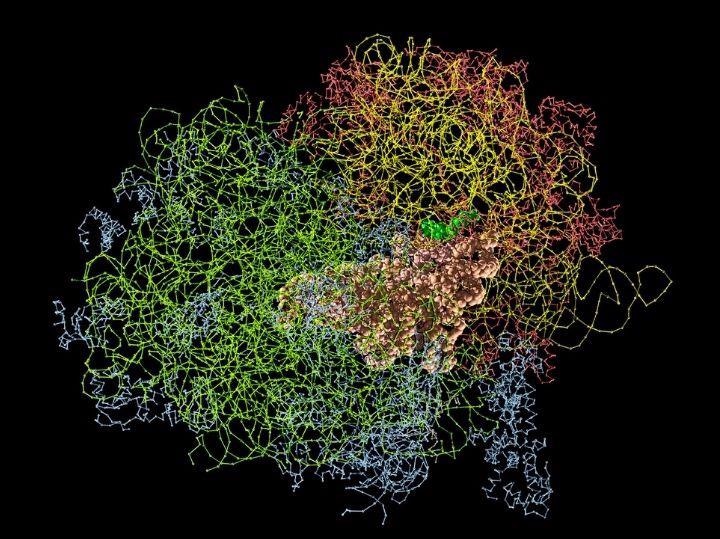A kind of spectroscopy has been developed by two University of Houston researchers to help comprehend how ribosomes make proteins deep within cells. This could be a breakthrough that could possibly guide drug design to treat viral infections and cancers.
 In cellular biology, ribosomes are workhorses, veritable factories inside cells, whose job is to make proteins. Image Credit: GettyImages.
In cellular biology, ribosomes are workhorses, veritable factories inside cells, whose job is to make proteins. Image Credit: GettyImages.
Spectroscopy quantifies the interaction between light and matter to identify the characteristics and volume of cellular matter.
In cellular biology, ribosomes are known as workhorses, veritable factories inside cells, responsible for producing proteins. The instructions that tell the ribosome how to work are given by messenger RNA, which contains codes on synthesizing proteins known as codons. One mistake in specifying an upstream codon will be propagated to the rest of the messenger like the domino effect, which spells disaster for the cell.
At the time of the protein assembly, the ribosome should be accurate in shifting from one codon to the next, a process called translocation. At the same time, several viruses consist of genomic sequences that are developed to slip on certain codons to re-define the protein composition following that codon, in a process known as frameshifting.
We are developing a multiplexed super-resolution force spectroscopy to investigate high-fidelity and frameshifting translocations.
Yuhong Wang, Professor, Biology and Biochemistry, University of Houston
Wang and Shoujun Xu, professor of chemistry, were given a grant of $1.2 million from the National Institute of General Medical Sciences to aid their study.
We will measure the power strokes from elongation factors (EF-G) and their mutants, which are the enzymes to interact with ribosome during translocation, on normal and viral mRNA sequences and in the presence of antibiotics. Our research will provide new methodology that can be applied to other biological systems.
Shoujun Xu, Professor, Chemistry, University of Houston
Scientifically, the researchers are building a new model of ribosome translocation with sub-codon steps and offering potential drug targets for related diseases.
For example, by tuning down and up the EF-G’s activity in cancer cells and low-functioning neuron cells, the diseases can be treated, anti-viral drugs can be designed that only target the specific viral frameshifting motifs.
Yuhong Wang, Professor, Biology and Biochemistry, University of Houston